Summary
Despite reducing methane emissions per tonne of red meat production, the "clean and green" image of Australia's livestock industries continues to be eroded away. Our livestock industries also face a future increasingly reliant on fibrous feedstuffs such as native grasses, which require a step-wise change in their digestibility to enhance animal productivity. Rumen microbes govern both these processes, but the vast majority of them are "unknown"; so our ability to productively manipulate these processes has been limited. This project developed and used new approaches in microbiology, referred to as "metagenomics", to better understand how feed utilization and hydrogen balance might be affected to reduce methane emissions.
The outcomes of the project include:
i) producing the genetic "blueprint" of rumen microbiology in northern beef cattle;
ii) identifying "new" bacteria in these cattle relevant to feed digestion and/or hydrogen utilization without methane formation;
iii) new resources that can be used to track and/or quantify the abundance of these bacteria and;
iv) the isolation of some of these bacteria for the first time.
We now have some of the resources needed to monitor how the rumen microbiota might be changed via diet and supplementation to reduce methane emissions and ideally, improve feed utilization.


